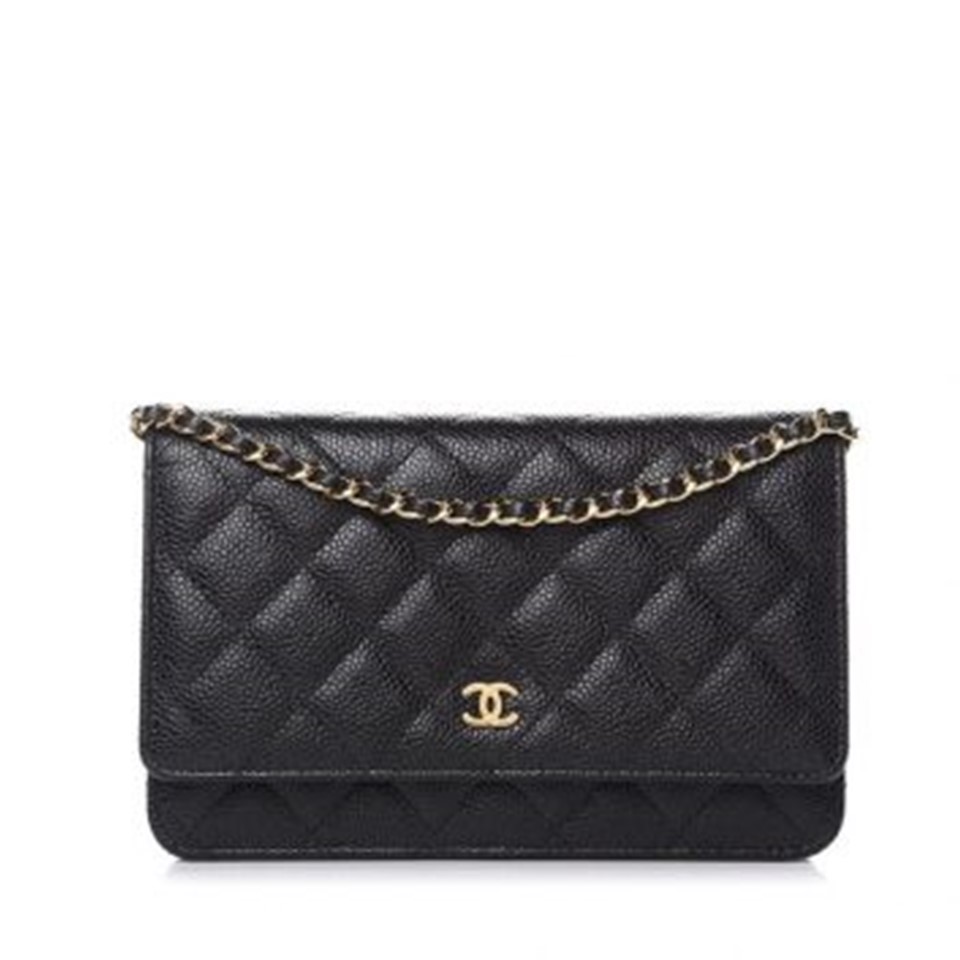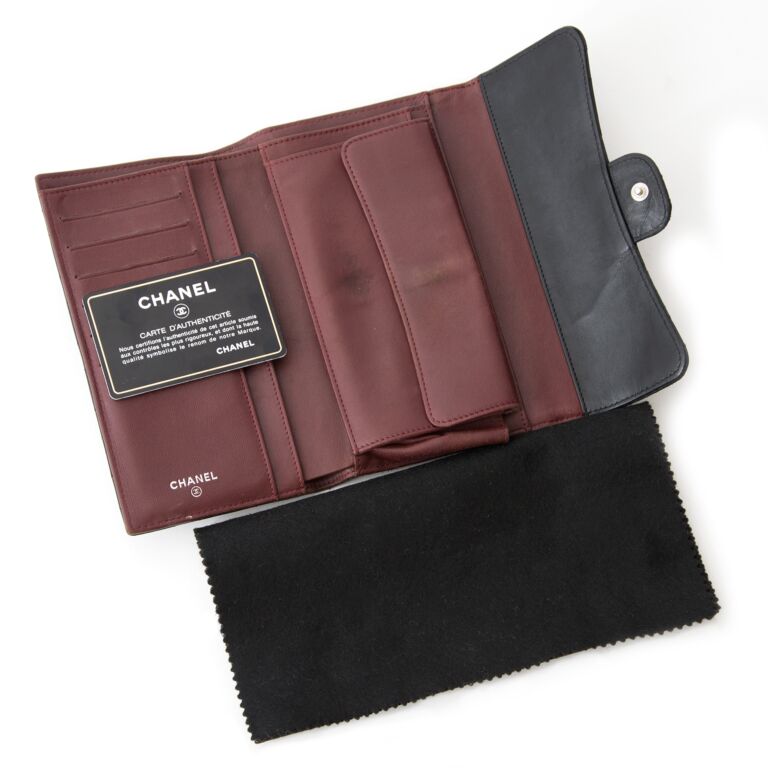Introduction
Channel wallets are becoming increasingly important in the world of digital finance and blockchain technology. They offer a way to manage cryptocurrency transactions more efficiently by leveraging payment channels. This article explores the concept of channel wallet, how they work, their benefits, and their potential for the future.

What is a Channel Wallet?
A channel wallet is a specialized type of digital wallet designed to work with payment channels in blockchain networks. Payment channels are a method of handling transactions off the main blockchain, which helps to reduce congestion and lower transaction fees. Channel wallets manage these off-chain transactions, making them an essential tool for optimizing cryptocurrency operations.
How Channel Wallets Operate
Channel wallets operate by interacting with payment channels that are established between two parties. When two parties decide to use a payment channel, they create a smart contract on the blockchain. This contract locks up a certain amount of cryptocurrency, which can then be used for multiple transactions without needing to interact with the blockchain for each one.
The channel wallet keeps track of the balances and state changes within the payment channel. It manages the off-chain transactions, only recording the opening and closing of the channel on the main blockchain. This approach reduces the number of on-chain transactions, thereby cutting down on fees and increasing transaction speed.
When a payment channel is opened, the channel wallet records the initial state and balance. During the life of the channel, all transactions between the two parties are handled off-chain. This means they do not need to be confirmed by the blockchain network, which speeds up the process. When the channel is closed, the final state of the channel is settled on the blockchain. This process ensures that only essential transactions are recorded on-chain, making it more efficient and cost-effective.

Key Components of a Channel Wallet
A channel wallet consists of several key components that work together to facilitate efficient transactions. These include the payment channel itself, the smart contract that governs the channel, and the wallet software that manages the transactions.
Payment Channel
The payment channel is a private, off-chain network between two parties. It is established through a smart contract on the blockchain. This channel allows the parties to conduct multiple transactions without each one being recorded on the blockchain. Instead, only the opening and closing transactions are recorded, significantly reducing the cost and time associated with traditional on-chain transactions.
Smart Contract
The smart contract is a crucial component of a payment channel. It defines the rules for how funds are locked and how transactions are processed. The smart contract ensures that both parties adhere to the agreed terms and conditions. It also automates the settlement of transactions, reducing the need for manual intervention.
Wallet Software
The wallet software is the interface through which users interact with the payment channel. It provides features for managing transactions, tracking balances, and monitoring the status of the payment channel. The software also ensures that all off-chain transactions are correctly recorded and that the final state of the channel is accurately settled on the blockchain.
Benefits of Using Channel Wallets
Channel wallets offer several significant advantages, including reduced transaction fees, faster processing times, and increased privacy. These benefits make them a valuable tool for users looking to optimize their cryptocurrency transactions.
Reduced Transaction Fees
One of the primary benefits of channel wallets is the reduction in transaction fees. Traditional blockchain transactions often incur fees for every transaction processed on the blockchain. Channel wallets help to mitigate this by consolidating multiple transactions into a single on-chain transaction when the payment channel is closed. This aggregation reduces the overall cost of transactions, making it more economical for users.
For example, consider a scenario where a user makes several small transactions over a period of time. If each of these transactions were processed on-chain, the user would incur a fee for each one. However, with a channel wallet, all these transactions can be processed off-chain, and only the final state of the channel needs to be recorded on the blockchain. This results in a significant reduction in fees.
Enhanced Transaction Speed
Transaction speed is another critical advantage of channel wallets. On-chain transactions can take several minutes to confirm, depending on network congestion and block times. Channel wallets enable near-instantaneous transfers by handling transactions off-chain. This speed is particularly beneficial for applications that require high-frequency transactions, such as gaming or financial trading platforms.
For instance, in a gaming application where players frequently make small payments or transfers, channel wallets can facilitate these transactions almost instantaneously. This enhances the overall user experience by providing quick and seamless transactions.

Increased Privacy
Privacy is a major concern for many cryptocurrency users. Traditional on-chain transactions are recorded on a public ledger, which can be accessed by anyone. Channel wallets, however, operate off-chain for most transactions, offering increased privacy.
This increased privacy is particularly valuable for users who wish to keep their financial activities private. By using a channel wallet, users can ensure that their transaction history is not publicly accessible, protecting their financial information from prying eyes.
How to Choose the Right Channel Wallet
Choosing the right channel wallet involves considering several factors to ensure it meets your needs. These factors include compatibility with blockchain networks, security features, and user support.
Compatibility with Blockchain Networks
It is essential to choose a wallet that is compatible with the blockchain you intend to use. For example, if you are using the Lightning Network on Bitcoin, you will need a wallet that supports this network.
Compatibility ensures that you can fully utilize the features of the wallet and benefit from its integration with the blockchain network.
Security Features
Security is a critical consideration when selecting a channel wallet. Look for wallets that offer robust security features, such as encryption, backup options, and support for multi-signature transactions. A wallet with strong security measures will help protect your assets from theft or loss.
For instance, some channel wallets offer multi-signature support, which requires multiple signatures to authorize a transaction.
User Support and Community
Consider the level of support and community engagement associated with the channel wallet. A well-supported wallet with an active community can provide valuable resources, updates, and troubleshooting assistance. This support can be crucial in resolving any issues you may encounter.
Check if the wallet provider offers customer support and if there is an active community of users who can provide assistance and share their experiences. A strong support network can enhance your experience with the channel wallet and help you navigate any challenges.
Setting Up and Using a Channel Wallet
Setting up a channel wallet involves several steps, from installation to managing transactions. Here is a general guide to help you get started with your channel wallet.
Installation and Configuration
- Download and Install: Obtain the channel wallet software from a reputable source or official website. Make sure you download from a legitimate source to avoid malicious software.
- Create a Wallet: Follow the setup instructions to create a new wallet. This usually involves generating a private key and a corresponding public key. Securely store your private key, as it is essential for accessing your wallet.
- Configure Payment Channels: Set up and configure your payment channels based on your needs. This may involve interacting with smart contracts and specifying the initial funding for the channels.
Managing Transactions
- Initiate Transactions: Use the channel wallet interface to initiate transactions within the payment channel. The wallet will handle the off-chain transaction processing, ensuring efficient and cost-effective transfers.
- Monitor Channel Activity: Regularly check the status of your payment channels through the wallet interface. This allows you to monitor balances, transaction history, and channel health.
Common Challenges and Solutions
While channel wallets offer numerous benefits, users may encounter challenges. Here are some common issues and potential solutions to help you navigate these challenges effectively.
Channel Management Issues
Problem: Managing multiple payment channels can be complex and may require careful attention to ensure optimal performance.
Solution: Utilize channel management tools and features provided by the wallet to monitor and manage your channels effectively. Some wallets offer automated features for channel rebalancing and optimization. These tools can help you maintain efficient channel operations and address any issues that arise.
Security Concerns
Problem: Security risks, such as unauthorized access or theft, can be a concern with channel wallets.
Solution: Implement best security practices, including using strong passwords, enabling two-factor authentication, and regularly updating your wallet software. Additionally, keep backup copies of your private keys in a secure location. These measures will help protect your assets and reduce the risk of security breaches.
Integration Challenges
Problem: Integration with certain dApps or blockchain networks may pose difficulties.
Solution: Ensure that the channel wallet you choose supports the dApps and networks you intend to use. Check for compatibility and seek support from the wallet provider if you encounter integration issues. Many wallet providers offer resources and assistance to help you integrate with various dApps and blockchain services.
The Future of Channel Wallets
Innovations in payment channels, improved security features, and expanded integration with dApps and other blockchain services will likely enhance the functionality and adoption of channel wallets.
Advancements in Payment Channel Technology
Future developments in payment channel technology may lead to faster and more efficient transactions. Research and innovation in this area will likely result in new features and improvements for channel wallets. For example, advancements in smart contract technology could enhance the automation and security of payment channels.



